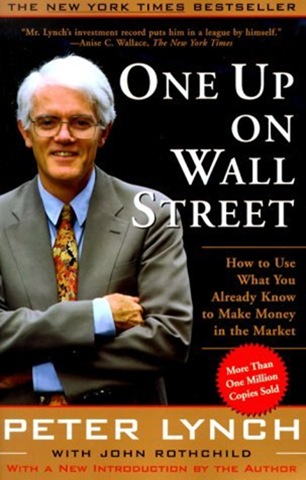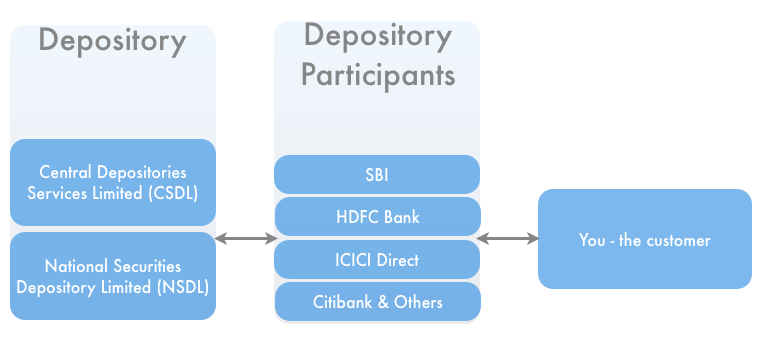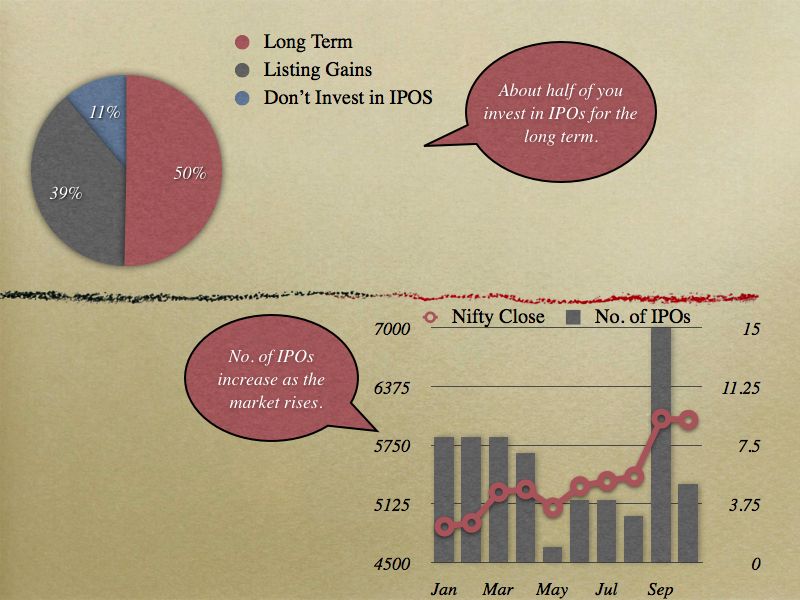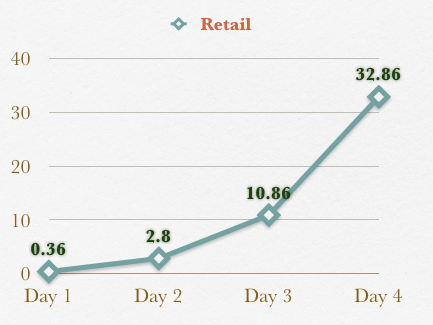This is yet another post from the Suggest a Topic page, and this time I am going to talk about how to select a credit card. Radhika had asked this question once quite early on as well, but I didn’t feel that I have anything really useful to say on it so never got around to writing the post.
However, searching online made me feel that in general this is an area on which not much has been written about in an Indian context. So, I thought I’d write this post and at least start off the discussion, and present you views on how I would go about searching for a credit card if I had to do it.
The first thing I did was to look at cash back credit cards in India, which give you one percent or two percent cash back every time you make a purchase, but unfortunately I couldn’t find any good cash back credit cards in India. Some of them have a high annual fee, others make you jump through too many hoops, and a lot of them have some sort of a limit on them which considerably reduce their appeal.
In the US, people with a good credit history can get a good cash back credit card which doesn’t have any annual fee and to me that’s the best kind of credit card.
Let’s see what you can look at in the absence of such a credit card.
No Annual fee
The first thing to keep in mind is that your credit card should have no annual charges. There are a lot of good credit cards without any fee, so there is no reason for you to go and get a credit card which has an annual fee.
I believe this to be true for most people, however there will be some folks out there who feel that the benefit of a particular credit card outweighs the annual fee, and if you have such a credit card in mind then that’s fine, but if you are just looking out for a new credit card, then I’d say look for one that doesn’t have any annual fee.
No Renewal Charges
Another fee I see with some credit cards is renewal fee that has to be paid at the end of every year. So obviously this is nothing but a credit card with an annual fee, but the annual fee has been waived off for the first year.
You may want keep away from such credit cards also.
Convenience to pay off your balance
If you get a credit card from your bank then you will probably be able to link the credit card with the bank account and pay off your credit card online, and that is a big convenience. Making it easy enough on yourself to pay off the balance will ensure that you don’t miss any payments because your check reached late or you were out of town or something else like that.
Keeping no balance is an extremely good financial habit, and I’ve written about how I myself got into a bit of a credit card issue early on, and you must do everything possible to keep your credit card balance zero, and the ease of paying it off is just one factor that adds to it.
What do you spend the most on?
In the absence of a cash back credit card the next best thing to do is to look for a credit card that has no annual fee, and has good reward points in the area where you spend the most.
For instance if you are working away from your home town, and visit home say thrice a year then probably a good chunk of your credit card spending in a year is on air travel, and you should look for a credit card that has got good reward points. On the other hand if you don’t expect a lot of air travel but drive a lot then a card that helps you get rewards on petrol purchase will be beneficial to you.
Selecting a Credit Card
Given the criteria above, say you want to select a credit card now, here is an example of what you could do.
Say you have a bank account with ICICI Bank, and travel a lot. In this case go to Rupee Times Compare a Credit Card section, and select the Issuer as ICICI, Reward as Airline, Annual Fee as Zero Annual Fee, and search for your options.
In this search I got only two results, and if I don’t travel a lot by those two airlines (Kingfisher and Singapore in this case) then I will have to broaden my search by going back, and removing the issuer from the criteria.
That shows up some more options and you can see if any of them are of any interest to you or not. If you are still not satisfied then take another category and do a little more research.
Eventually you should find something that is of interest to you, and can explore that option more.
Why am I ignoring Interest Rates?
Because they are so ridiculously high.
Paying interest on a credit card should really be the last thing you do, and is the worst kind of debt because it can easily snowball into a much larger number, and is generally spent on stuff that you can easily avoid.
While it is preferable to have a lower interest rate to a higher one, you should make all attempts to have your credit card balance zero.
There is really not a lot of science behind this, and it boils down to evaluating a lot of options, and choosing one that suits you the best. I hope this post can help you give some ideas on that, and as always comments are welcome.
Oh, and since we are on the topic, Ask Mr Credit Card, who is a prominent US credit card blogger did a guest post on OneMint early this year about silly ways of using a credit card, and I highly recommend you read that post.




